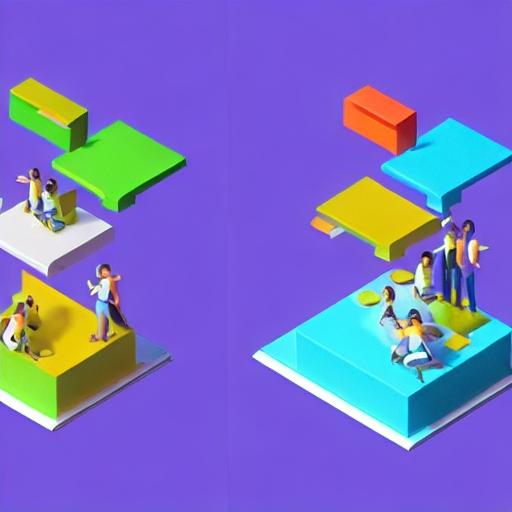
One of the key factors in optimizing website performance is the efficient management of content. Content-Length plays a crucial role in this process, as it determines the size of the content being transferred between the server and the client. By following some best practices when dealing with Content-Length, you can enhance your website’s speed, user experience, and overall performance.
1. Accurate Content-Length Calculation:
To ensure an efficient transfer of content, it is essential to accurately calculate the Content-Length of your files. This length specifies the exact size of the content in bytes, allowing the server to allocate the appropriate resources and bandwidth. Make sure to include the size of all relevant components, such as headers, footers, images, scripts, and any other assets embedded in the page.

2. Chunked Transfer-Encoding:
Chunked Transfer-Encoding is a method that enables the server to send data in smaller portions or chunks, instead of delivering the entire file at once. By implementing this technique, progressive rendering can occur, which significantly enhances the user experience. Chunked Transfer-Encoding also economizes bandwidth utilization and reduces the likelihood of timeouts during data transfers.
3. Compression Techniques:
Implementing compression techniques, such as Gzip or Deflate, can greatly reduce the size of your content files, thereby improving transfer speeds. These algorithms compress the data on the server before sending it to the client, which results in smaller file sizes and quicker transmission times. Most modern servers and web browsers support compression, so ensure your site is properly configured to take advantage of this practice.
4. Minification:
Reducing the size of your CSS, JavaScript, and HTML files through minification is another effective Content-Length optimization technique. Minification involves removing unnecessary characters, such as white spaces, line breaks, and comments, without impacting the functionality of the code. Smaller files can be delivered quicker, resulting in faster load times and improved overall performance.
5. CDNs and Caching:
Content Delivery Networks (CDNs) and caching mechanisms are highly effective ways to optimize Content-Length. CDNs distribute your content across multiple servers globally, reducing distance-related latency and enhancing the availability of your assets. Caching, on the other hand, stores copies of your content on the user’s device, avoiding the need for repetitive transfers. Both CDNs and caching mechanisms significantly improve load times and decrease server load.
6. HTTP/2 and Server Push:
By utilizing the HTTP/2 protocol, you can optimize Content-Length by leveraging Server Push. With Server Push, the server can preemptively send resources to the client before they are requested. This technique eliminates the need for additional round trips between the client and the server, resulting in faster load times and reduced bandwidth usage.







